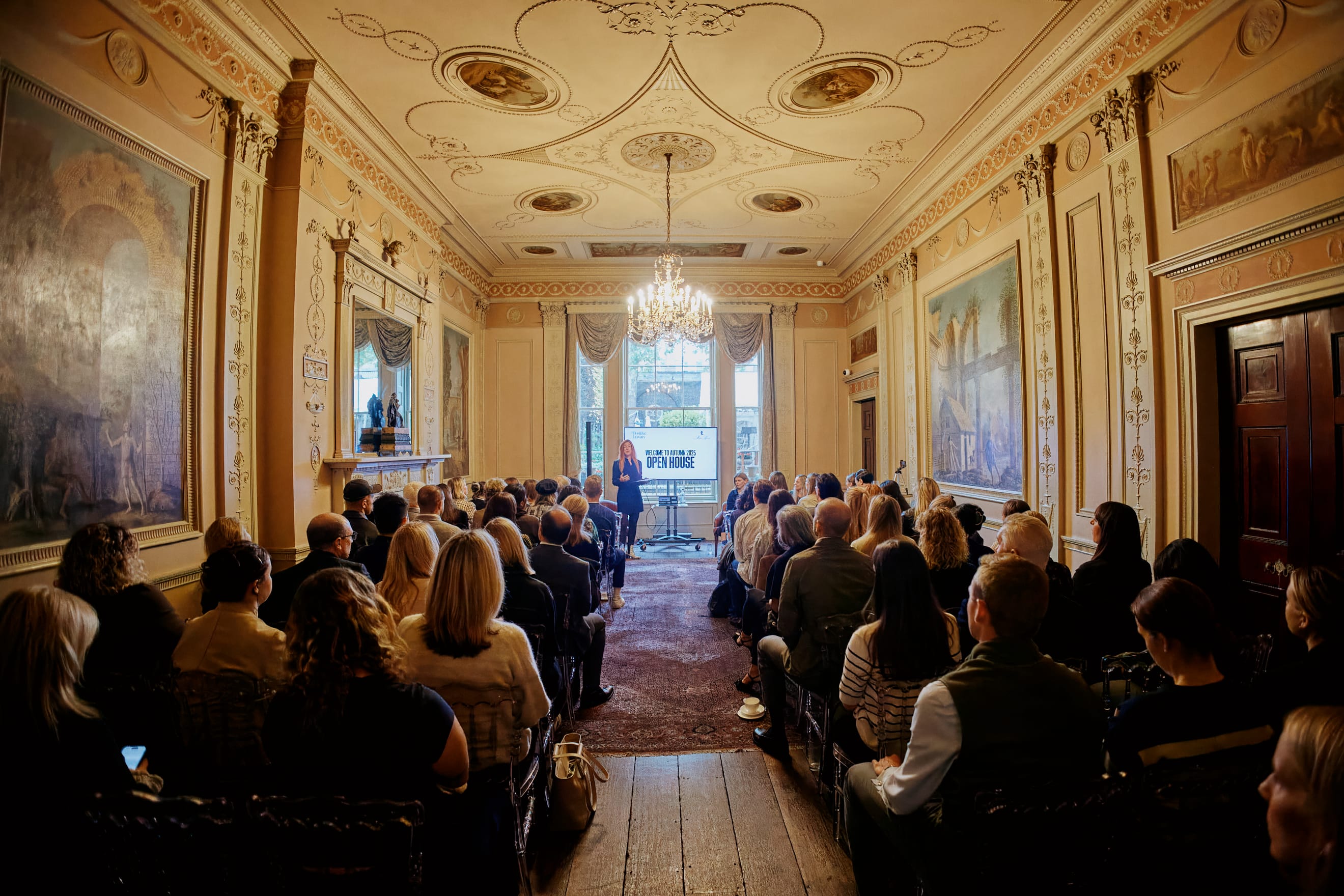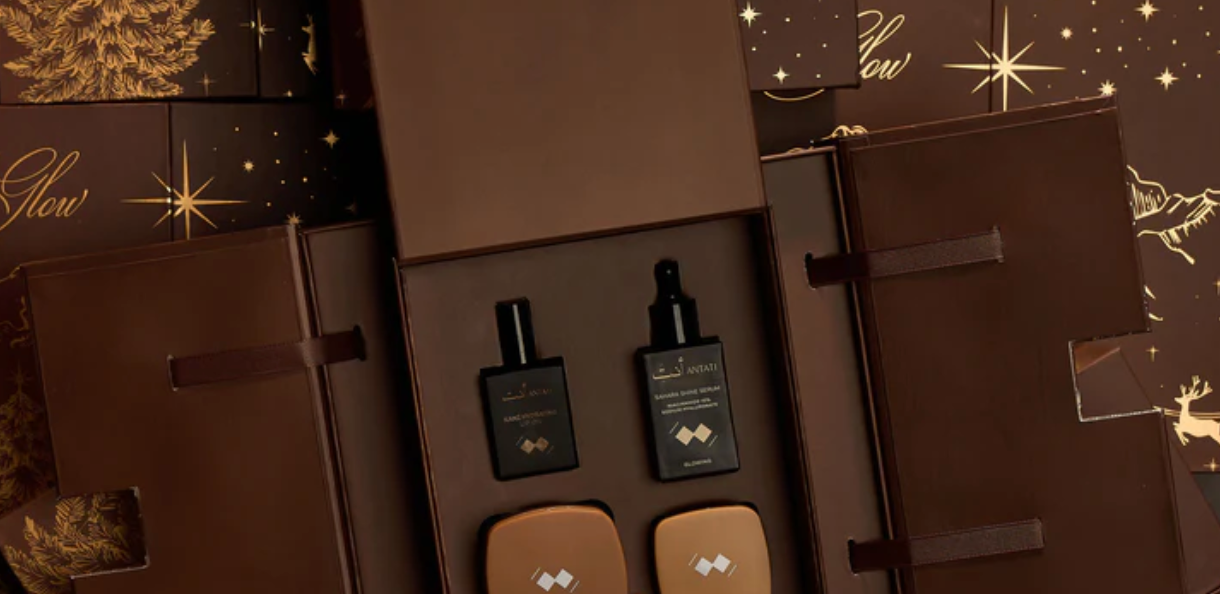
Positive Luxury Open House: Transparency in the new Luxury
Luxury is redefining itself through transparency and trust. From supply chains to storytelling, brands are learning that honesty has become the most valuable form of exclusivity.
In its recent Open House in London, Positive Luxury, the sustainability certification expert for the luxury sector with its butterfly mark, welcomed a panel of luxury experts. Hosted by Positive Luxury CEO Amy Nelson-Bennett, the discussion explored Luxury's new currency: trust, transparency & the future of brand communications. The live conversation included Isobel Carlill, Sustainability Manager at Moet Hennessy and Suzanne Walters, Senior VP Strategy & Business Development at Purple PR.
In a world filled with uncertainty, consumers are seeking something solid to hold onto. Their purchasing choices have become informed, intentional, almost political. Marketing alone no longer carries value. Transparency and rigorous information are what count. It does not need to be loud, but it must be available. Brands such as Guerlain with its Bee Respect platform, or Clarins with its TRUST initiative, are already showing the way. The creation of TRASCE, a consortium of luxury beauty brands committed to traceability, further demonstrates that the tide is turning towards better information. Not everything needs to be revealed. Every brand can still protect its recipes, but sourcing and production must be brought into the light.
Transparency is the new currency of trust
Isobel Carlill, Sustainability Manager at Moet Hennessy explained that “trust and transparency have gained strong value and luxury can’t just revolve around exclusivity and craftsmanship.” With growing headlines about human rights, labour and material sourcing, supply chain scrutiny has become unavoidable. For luxury, this is a cultural shift. Claiming craftsmanship is no longer enough. Proving it has become essential.
Luxury houses must now demonstrate how products are made. The process, once hidden, is becoming a core element of storytelling. Showing the journey to luxury has become as important as the finished product itself.
Suzanne Walters of Purple PR echoed this sentiment, adding that luxury is experiencing a profound shift in values. “The new generation is questioning what luxury really offers,” she explained. “Value proposition is everything.” In an era defined by transparency, sustainability has found its way into brand and marketing strategies not as an add-on, but as a fundamental layer of relevance and trust.
Future proofing luxury
Moët Hennessy has developed what Isobel described as a 360 business strategy that includes transparency. The luxury house has built a supplier engagement programme to identify its most impactful suppliers through an assessment process. Some producers work within small, local geographies, which makes the supply chain easier to monitor, but also brings challenges. Many are small operations, sometimes a single person, with limited time to complete reporting requirements.
To ensure a more collaborative approach, the Moët Hennessy team visited their suppliers in person. The goal was to create an open dialogue and encourage them to see themselves as partners within a shared purpose. This human connection resulted in a much more positive contribution to the assessment process.
The company has since developed a transparency information system that now gathers thirty thousand items. “Some of our maisons have been present for hundreds of years,” adds Isobel, “so it has been an easier journey than expected.”
Sustainability messaging
Over the past decade, sustainability has moved from conversation to conviction. “Ten years ago it was a talking point,” said Suzanne. “Now it is a baseline.”
Today, brands often avoid highlighting sustainability unless it is genuinely embedded in their DNA. It is about substance first, story second. “We only communicate once the background work has been done,” she noted.
When a story exists, it must be told with care. Purple PR’s approach begins with the B2B press to gauge industry feedback before a wider release. “Everything is interconnected now,” Suzanne added. “Communicating about brand or product is about managing risk and showing that what you have is truly relevant.”
A piece of advice
For both speakers, the takeaway was clear. Transparency begins with honesty. “Be open and willing to adapt,” said Isobel. “It is a work in progress, and we are learning as we go.” Knowing your suppliers and your consumers creates the foundation for trust.
Suzanne agreed that a positive and proactive attitude makes the difference. “Many brands are risk averse,” she said. “But showing leadership by example can be a differentiator.”
Sustainability is not a static goal. It is a moving target that demands constant recalibration. We are shifting from a world built on control and certainty to one shaped by complexity and scrutiny. No one is immune. Better to be open than to be caught unprepared. To future proof our businesses means to measure, remeasure and keep improving.

